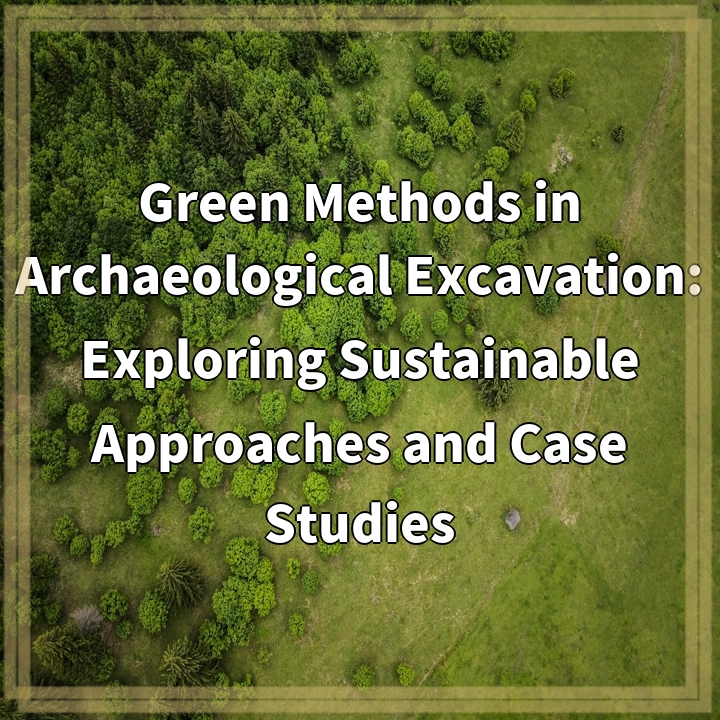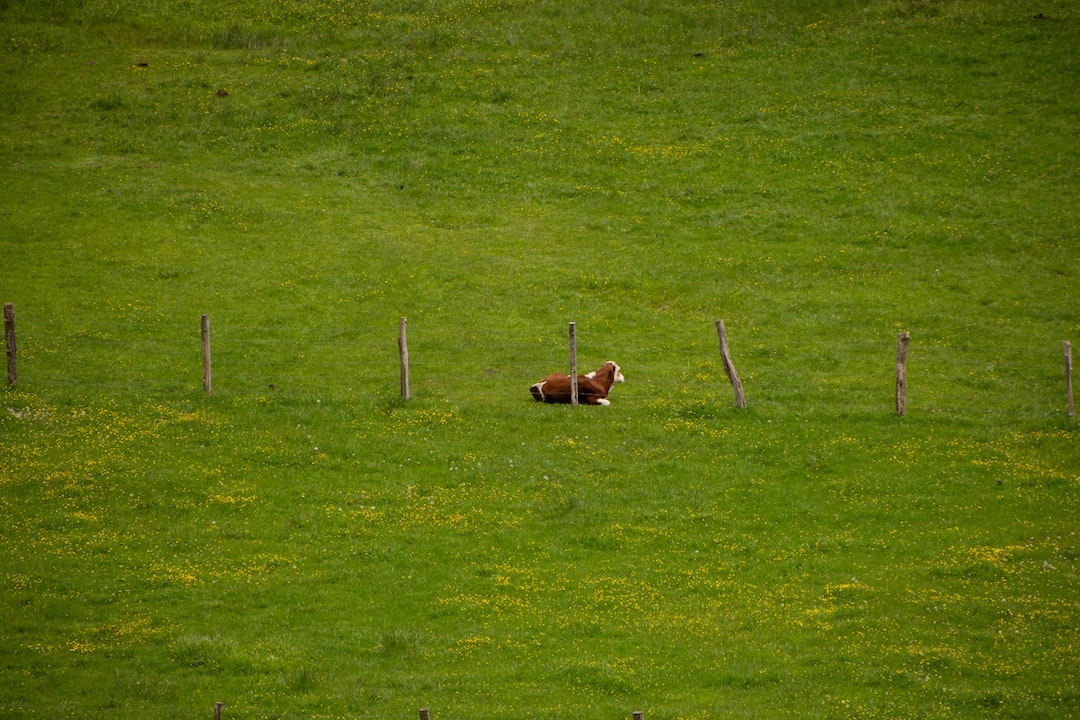
What are Green Methods in Archaeological Excavation?
Green methods in archaeological excavation refer to the application of sustainable and environmentally-friendly practices during the excavation process. These methods aim to minimize the negative environmental impacts caused by archaeological research while still preserving and documenting important historical artifacts and sites.
Real-World Problems Associated with Green Methods in Archaeological Excavation
Although green methods in archaeological excavation offer numerous benefits, they also present certain challenges that need to be addressed.
One significant problem is the potential conflict between preservation and excavation. Archaeologists must strike a balance between preserving the environment and cultural heritage while also conducting necessary excavations to gather information and knowledge. Sometimes, the use of heavy machinery and excavation techniques can disrupt ecosystems or damage delicate archaeological structures.
Another challenge is the availability and implementation of sustainable technologies and practices. Archaeological excavations often take place in remote or fragile environments where resources and infrastructure may be limited. It can be expensive or challenging to utilize solar-powered tools, reduce waste, or implement sustainable transportation methods in such contexts.
Furthermore, societal pressures and time constraints can also hinder the adoption of green methods. Archaeologists may face pressures to complete projects quickly, leaving little time for extensive planning and implementation of sustainable practices. Additionally, stakeholders, such as funding organizations or government agencies, may prioritize immediate discoveries rather than long-term environmental considerations.
Addressing these real-world problems requires a multidisciplinary approach that involves collaboration between archaeologists, environmental experts, and local communities. By finding innovative solutions and raising awareness among stakeholders, we can make significant strides in minimizing the environmental footprint of archaeological excavations while still uncovering fascinating insights into our past.

Solutions for Green Methods in Archaeological Excavation
Addressing the real-world problems associated with green methods in archaeological excavation requires a holistic approach and collaboration between various stakeholders.
1. Integrating Preservation and Excavation
Archaeologists need to find a balance between preserving the environment and cultural heritage while conducting necessary excavations. This can be achieved through careful planning, using non-invasive surveying techniques, and prioritizing minimal disturbance to sensitive ecosystems or archaeological structures.
2. Adoption of Sustainable Technologies
Efforts should be made to utilize sustainable tools and technologies during archaeological excavations. This includes the use of solar-powered equipment, energy-efficient machinery, and digital documentation methods to reduce the carbon footprint of the excavation process.
3. Encouraging Community Engagement and Education
Engaging with local communities and raising awareness about the importance of green methods can foster a sense of ownership and responsibility. By involving communities in archaeological projects and educating them about sustainable practices, we can ensure long-term environmental stewardship.
4. Securing Funding for Sustainable Practices
Advocacy and collaboration with funding organizations and government agencies are essential to prioritize sustainable practices in archaeological research. By highlighting the long-term benefits and environmental impacts, it will be easier to secure funding for implementing green methods in excavation projects.
By implementing these solutions, archaeologists can contribute to a more sustainable and environmentally conscious approach to excavation, ensuring the preservation of cultural heritage while minimizing ecological impacts.















